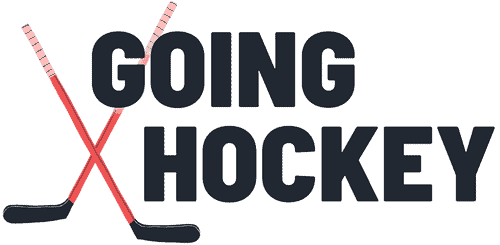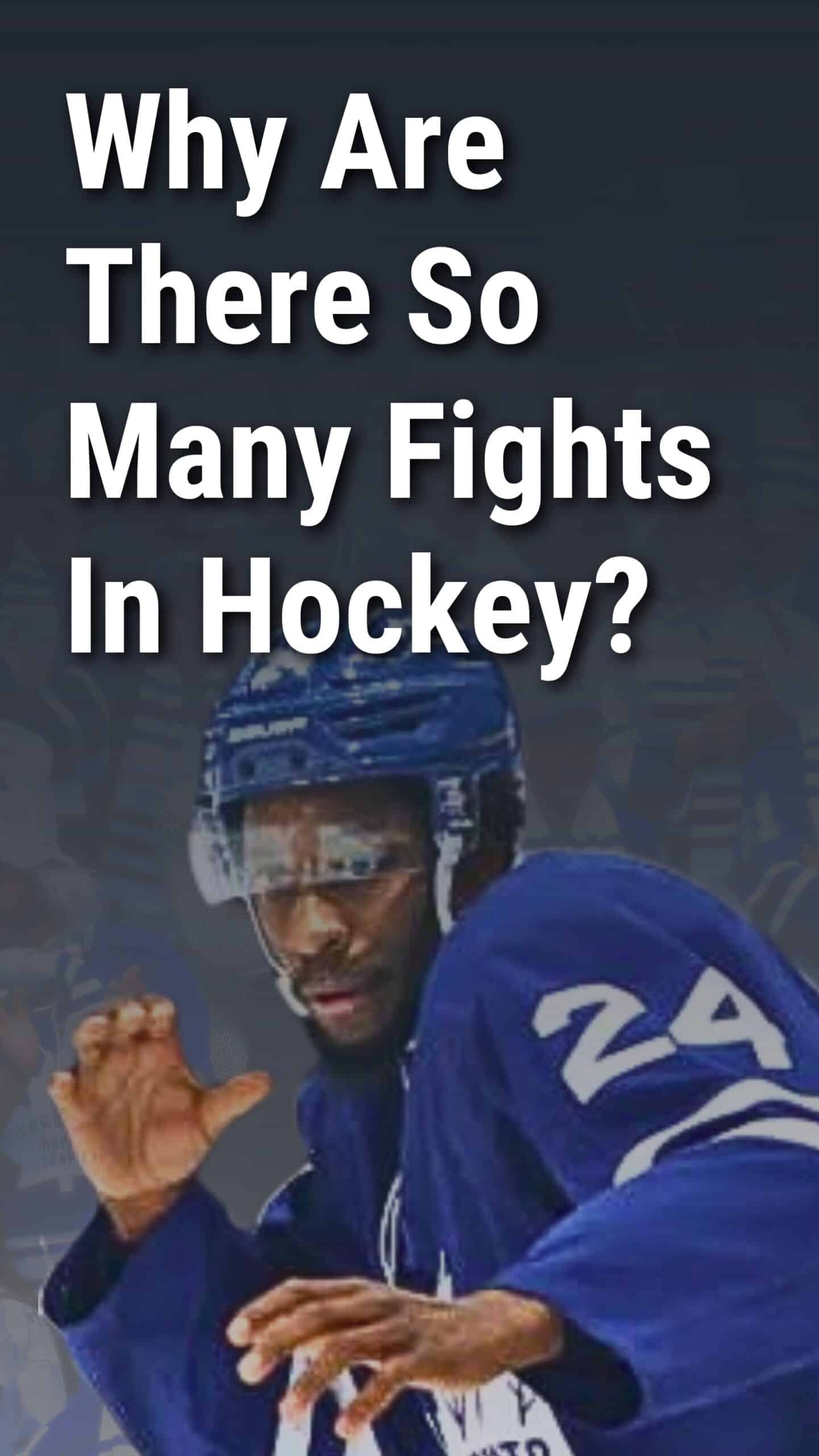Exploring the common occurrence of fights in hockey, this article delves into the sport’s dynamic blend of skill and aggression, unraveling the reasons behind its integral yet puzzling nature.”
Why are there so many fights in hockey?
The reason why there are so many fights in hockey is that players use fights as a means to settle grievances, self-police the game, and boost team morale.
In the 2022-’23 NHL season, there were a total of 334 fights across 1,312 games played. However, at one time there were as many as 900+ fights per season. Fighting has actually been on the decline for a long time.
Why Are There So Many Fights In Hockey?
To the question, “why are there so many fights in hockey?” there are three main answers:
- Settling personal grievances with other players.
- Self-policing the game (dealing justice).
- Boosting team morale.
Settling Personal Grievances
“Settling personal beef” is a key answer when considering the question, “why are there so many fights in hockey?”
~70% of fights are fought over settling personal beef with another player. Players will fight if they believe the opponent is using unnecessary aggression or if they believe they have been wronged in some way.
Self-policing The Game
Self-policing is another answer to the question, “why are there so many fights in hockey?”
Self-policing is similar to “settling personal beef”, however, self-policing involves a player fighting for one of his teammates (instead of fighting for himself). A classic example of self-policing is when a team enforcer drops the mitts against an opponent because the opponent injured their star player.
The idea is that self-policing acts as a deterrent for any “cheap” or “dirty” plays in hockey.
Boosting Team Morale
“Boosting morale” is the final factor when considering the question, “why are there so many fights in hockey?”
When your team is sluggish, lethargic, and morale is low, a fight is sometimes the only thing that will get the team going. Simply put, starting a fight is guaranteed to get your teammates out of their seats, grab their attention, and have them cheering.
How Often Do Hockey Players Fight?
The fighting rate for the NHL was roughly ~25% in the 2022-’23 season. In other words, on average, ~25% of NHL games featured a fight. Put another way, there were a total of 334 fights across 1,312 games played in the 2022-’23 season.
A majority of the fighting in the league is done by a minority of the players. For example, the top 20 fighters in 2023 accounted for more than half of all the fights in the league (52%):

In 2022-’23, only 275 out of 1,123 players recorded a fight. Meaning, roughly ~24% of the players were responsible for 100% of the fighting in the NHL.
76% of NHL players recorded no fights in the 2022-’23 season.
Fighting Is On The Decline
The 1980s was the peak of fighting in the NHL.
There have only been three seasons in NHL history where there were more fights than total games played. From 1985 to 1988 the NHL maintained a “fights per game” average greater than 1.
The peak of fighting was the 1987-’88 season, which saw a whopping 925 fights across 840 games played.

Since then, fighting rates in the NHL have seen a steady decline. This can be largely attributed to multiple, league-wide measures designed to make the sport faster, more technical, and less brutal.
Fighting rates have seen a slight uptick in the last few years, however, with about a 5% increase since 2019.
The fighting rate in 2023 was ~25%, featuring a total of 334 fights across 1,312 games.
Fighting Is Not Allowed In Hockey
Fighting is a penalty in hockey. So technically, fighting is “not allowed” hockey.
However, fighting is a unique kind of penalty in hockey because – assuming there is no “instigator penalty” given to either player – both players serve 5 min major penalties and both teams maintain even strength.
“Even strength” means that both teams maintain 5 players on the ice. Therefore, although the players themselves are penalized for their infraction, neither team will suffer any real consequences.
Other penalties, such as tripping, result in only one player getting a penalty causing their team to be down a player for a certain amount of time (usually 2 min).
For fighting penalties, both teams maintain even strength, and when their time is up, both fighters simply return to their respective benches.


Leave a Reply